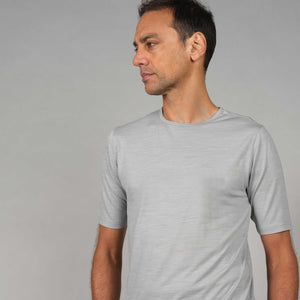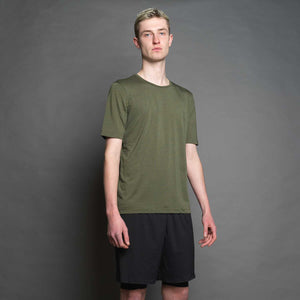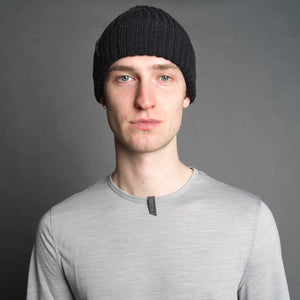A trip to watch the racing, a holiday with the bike, or just a Sunday spin, in retrospect capturing time on the bike is always a worthwhile endeavour. Whether you're dedicated enough to bring a compact camera or rely on your phone, taking a more considered approach to the images you create will result in shots you'll want to share and revisit. Simon Gill is a cycling photographer who has covered all three Grand Tours. He's also the man behind many of our campaign shoots. We consulted him for advice on how aspiring cycling photographers can find subjects, compose their images, and pick the perfect moment to press the shutter.
Pause before you shoot

Think where you are and what you'd like to capture of that moment. If you're at the side of the road, it can be tempting to try and snap a picture of your favourite rider, but a picture of the bunch caught through the surrounding fans might be a better and more reliable bet. Stepping back and snapping the riders as they pass through the landscape can also result in a more timeless image. Invest time thinking and try not to always take the most obvious shot. This applies equally whether you’re shooting your friends or the pros.
Look for unexpected angles
'Think about angles,' advises Simon. 'Get up high, scramble up a cliff and get a different take on the scene'. Whether you're shooting the pros or have a friend who's happy to take a few turns up a particular stretch of road, getting above them will often allow you to capture more of the landscape around them. Alternatively, getting down lower to the surface of the road can provide dramatic results. 'Try things other than just standing upright and shooting from eye level. Work a bit harder for it, and you'll get better results,' advises Simon.
Add context

If a magazine commissioned you, they'd want you to capture the star image. However, they’d also expect supporting shots that tell the story of the day. Not only will looking for these lead you to find unusual and interesting subjects, but it'll also provide you with a more comprehensive record of your exploits. It could be something that adds character, like a shot of the waiter at the cafe where you stopped for lunch or a team of workmen clearing the landslip that caused you to change your route. If you don't take time to capture them, they're likely to be forgotten.
Examine other photographers' work
'There are so many good cycling photographers today,' says Simon. 'Jered and Ashley Gruber from America are incredible. In the UK, Russ Ellis is amazing, as are Chris Auld and James Startt'. An excellent way to improve is to find a photograph you like and try to work out how it was made. Where was the photographer standing? What type of lens were they using? What elements of the subject and composition make the image work? There are also only so many ways to photograph cycling, so don't be afraid to borrow other people’s ideas when you're getting started.
Photograph the less good bits too

'In retrospect, the terrible moments often turn out to be the most memorable,' says Simon. It’s why you should make the effort to photograph them too. 'For my 40th birthday, I pedalled from my house in Hertfordshire to the top of Norway. There was a point where I was lost, it was raining, and it was getting dark. I knocked on someone's house in desperation. This Norwegian family took me in and put me up in their shed. It had a wood burner in it. They brought me some soup. I ended up staying for three nights while the weather front passed. It turned out to be the highlight of the trip.
Use what you have
Normally lugging around multiple SLR cameras, Simon isn't a massive fan of using smartphones to take pictures. However, for cyclists they do have the benefit of being small and omnipresent. It's also straightforward to edit photos on your phone, making them an excellent introduction to processing your images. Things to consider include whether your images could benefit from a better crop or having the colours tweaked. When using your phone, treat composition as carefully as any other image, and it's possible to get good results.
Edit ruthlessly

With a phone or digital camera, it's possible to capture an almost limitless number of images. If you don't sort the ones you have into a tight edit, you'll be less inclined to return to them. This makes cutting down your hoard almost as important a skill as capturing them in the first place. 'I think less is more,' says Simon. 'As to which are good and which are bad, you have to make a personal call. It's how you develop your style. Decide what you think looks good along with what you don't like, and keep the edit tight'.



